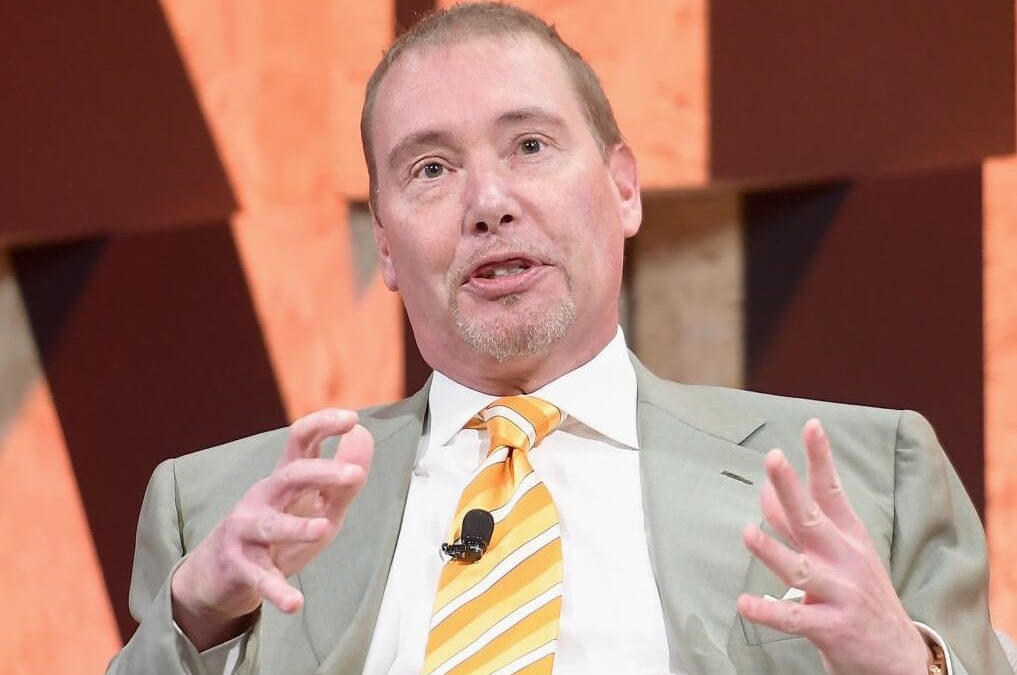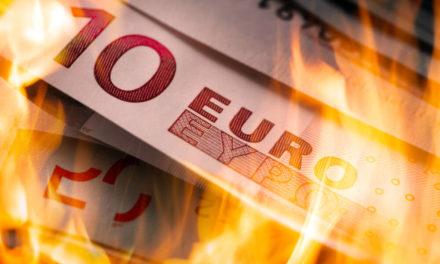Recession fears have largely subsided since a tumultuous summer that saw the Federal Reserve step in to bail out repo markets while also cutting rates, numerous inversions of the yield curve and several months of contraction in the manufacturing sector.
But DoubleLine Capital CEO and “Bond King” Jeffrey Gundlach is always on the lookout for signs of a potential recession on the economic horizon because, after all, it’s his job.
“People say, ‘Gundlach, you always find like seven risks for every one that exists. And I say: ‘That’s my job — to look for risk,'” he said at a recent company event in Chicago. “A lot of people, what they do is look for nonrisk. They see risk and they come up with some sort of a rationale for why it really isn’t going to be a problem.”
But when analyzing portfolio allocation he always has one simple question at the top of his mind: Do we see a recession coming?
And when gauging the percentage chances of an impending recession, Gundlach‘s top recession indicators include the Conference Board Leading Economic Index, general consumer confidence and jobless claims.
For the Conference Board Leading Economic Index, otherwise known as the LEI, the Bond King looks at the year-over-year numbers.
“That really bears watching because every single recession has had a necessary condition of leading indicators being negative first,” Gundlach explained. “We’re very close to zero (according to the latest reading).”
Six months ago, the LEI was at 6.5. Today, it’s at 0.1 year over year, dangerously close to indicating an impending recession.
Next is how consumers ultimately feel at any given moment. Are they spending or saving?
“The other thing that we look at that is almost game over for a recession is consumer confidence,” he said, “which ties into initial unemployment claims.”
And then he looks at how he thinks consumers will feel a year from now.
“About 18 months ago the answer to that question was, ‘I feel horrible about what’s coming in 12 to 18 months — just about as bad as you can,'” he said. “The gap between today and 12 months from now is very large and is exactly as big as it typically is before big recessions.
“What you’ll watch for is when the viewpoint of today deteriorates down and starts to look like the future — so that the big gap goes to zero — that almost definitionally says you’re headed, if not already in, a recession.”
Finally, he looks at jobless claims.
“Now what would cause people to feel lousy about today?” he asked. “Their neighbor losing their job.”
Of Gundlach’s top recession indicators, he called this one a “slam dunk” as far as predicting recessions and when the four-week moving average rises higher than five-year moving average, it’s “game over” for economic growth.
“It’s weird how well it works — and this goes back decades,” he said. “It’s right when you get that crossover that it’s the front edge of the recession.”
Right now, the U.S. is still in good shape on this front with the long-term average at 240,000 while the weekly average are ticking in around 215,000.
“Those are things that really bear watching,” he concluded. “That’s a really good, fast, high-frequency indicator. It’s weekly data so it gives you a good heads-up.”




